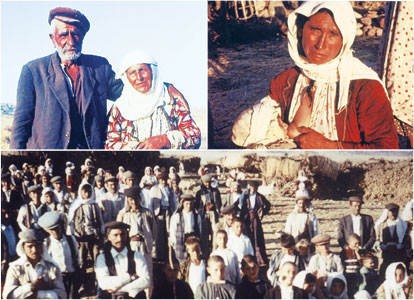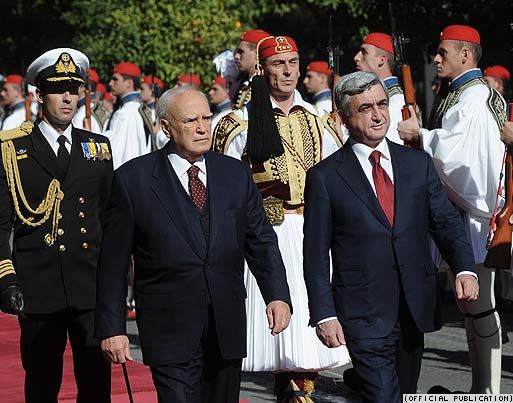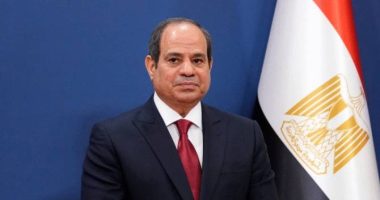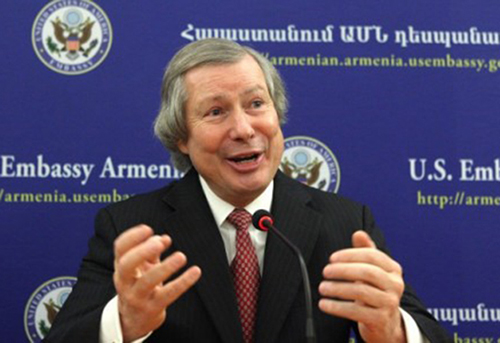VERCIHAN ZIFLIOGLU
Hürriyet Daily News
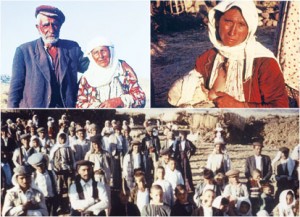

Once the biggest Armenian clans in Southeast Anatolia, the Varto (in Kurdish) or Vartan (in Armenian) clan has only one member left in Turkey now: Rakel Dink, the wife of slain Turkish-Armenian journalist and editor-in-chief of the Agos weekly, Hrant Dink, who was killed in 2007.
Rakel Dink’s father, Siament Aga, was the owner of thousands of hectares of land in the area around the southeastern towns of Silopi and Cizre, in present-day Sirnak province, where the Varto clan members lived and where their journey to Marseille began.
In the late 1960s, the 82nd Armenian Patriarch of Turkey, Sinorhk Kalustian, initiated a move to bring members of the clan to Istanbul in groups. Istanbul, however, was not the final destination, as many continued further west, moving to France and Belgium in the 1980s.
According to information provided by clan members, there are now 1,200 relatives in Belgium and Marseille.
‘We thought there were no Armenians in the world’
One of the elderly members of the group, 63-year-old Fidel Barkev Yaliç, is the son of Rakel Dink’s uncle. For 100 years, the clan survived in Sirnak, he said. But following the troubles of 1915, they cut their connections with the world.
“We thought we were the only Armenians left in the world,” Fidel Barkev Yaliç recently told the Hürriyet Daily News & Economic Review. “We were a few hundred. For this reason, though it was not allowed in Christianity, we bred within the family to protect our identity.”
Although Rakel Dink married outside the clan, few others did. Until the present generation, members of the clan could only marry other Apostolic Armenians while, after marriage, newlyweds would be forced to adhere to strict social mores within the group, which included deference to the family. Clan members, meanwhile, spoke little Armenian, and were most comfortable in Kurdish or Turkish.
From 1915 to 1968 the clan members lived totally isolated from the outside world, Fidel Barkev Yaliç said, adding that when they finally learned that other Armenians also lived in Turkey, they were left in tears.
“Orhan Bakir, a half-Syriac, half-Armenian from Mardin [who was not part of the clan] went to Istanbul for military service. He found other Armenians there and learned about the Patriarchate. Owing to him, we established ties with the Patriarchate,” he said.
Until that time, they did not even have identity cards, said Fidel Barkev Yaliç, adding that they did not even know exactly how old they were. “Later on, only males were granted IDs for military service purposes.”
Three different migration waves
Another cousin of Rakel Dink, Samuel Yagir, explained how the clan began to migrate.
“Right after we contacted the patriarchate, they wanted to bring children to Istanbul for education. So I went to Istanbul in the first party, Rakel was in the second,” he said.
Later, as the result of a unanimous decision taken by clan elders, the Varto clan decided to leave its land and all had migrated to Istanbul by 1977.
Members of the clan settled in the Sisli district, where there was a significant Armenian population.
Although they had chosen to end their isolation in Turkey with the patriarchate’s protection, elders considered emigrating, sending a family delegation to Soviet Armenia in 1978. The communist regime there, however, led the Varto to opt against settling in the republic.
Within time, the family started to look at options of settling in Western Europe. “A young man from the clan got involved in the skirmishes that led to the Sept. 12, 1980 military coup and escaped to France. If one of us moves to another place, we all act together,” said Yagir. “You may call it the drive for protection of the identity. The elderly convened again and this time a new migration map was determined. So we hit the road.”
New generation becomes involved in new occupations
Younger members of the clan in France are active in different areas from politics to trade. Although they do not deny their Armenian identity, they see themselves as French.
Yagir said they faced no difficulties in either France or in Belgium, but added: “Our heart is with Armenia. We might suddenly decide to move to Armenia someday, who knows.”
Vartuhi Yaliç, 28, was raised in France and is an English teacher, but is also fluent in Kurdish, Turkish and Armenian.
Noting that he moved to France when he was 8 years old, Vartuhi Yaliç said, “I had cultural problems at first, so I had to learn the language and get involved in modern life, too.”
Rakel Dink’s cousin, 37-year-old Garo Yaliç, is the only clan member actively involved in politics; he became active in French President Nicolas Sarkozy’s Union for Popular Movement, or UMP, a few years ago and is currently a member of a city council.
The politician organized many activities in France in memory of the late Hrant Dink, even leading efforts to rename a street in Marseille after the slain journalist.
Although clan members do not travel to Turkey, they all remain in contact with Rakel Dink.

